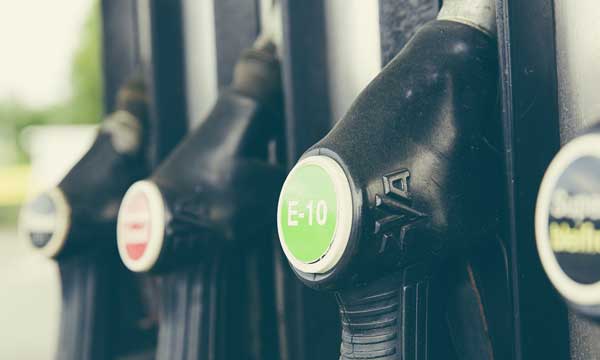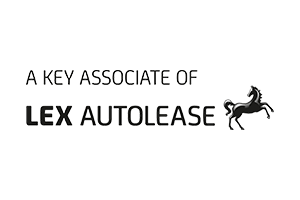You’ll have noticed over the past few weeks there have been some changes to the petrol available at your local garage. This is because by tomorrow all garages will be required to provide drivers with E10 grade petrol as standard.
Previously E5 was the standard petrol type available, and this is compatible with all petrol vehicles currently on the road in the UK.
What is E10 Petrol?
E10 petrol contains up to 10% renewable ethanol rather than the up to 5% that E5 contains. This reduces the amount of fossil fuel that is needed to produce the same amount of fuel.
The change in petrol and the level of renewable ethanol within it is a move to reduce CO2 emissions that come from petrol as part of their plans to reduce UK emissions. According to the government website this could cut transport CO2 emissions by 750,000 tonnes a year, which is equivalent to removing 350,000 cars from the road.
Renewable ethanol’s production process also provides valuable by-products which can help additionally reduce emissions such as animal feed and stored CO2.
E10 is already used around the world in European countries, Australia and US states. Since 2016 it has also been the reference fuel that new cars are tested for emissions and performance.

How Will It Affect My Car?
One concern for drivers switching from E5 to E10 is that E10 can reduce your fuel economy. This will not be by a massive amount, and other factors we’ve explored will usually have a larger impact. The effect of switching to E10 is expected to be about a 1% reduction in fuel economy so unlikely to be noticeable in your everyday driving.
How Do I Know If My Car Can Take E10?
Most modern petrol cars are compatible with E10 fuel, but you can check whether your specific model is on the government’s online checker.
It is around 95% of vehicles on the road today that are compatible and every car built since 2011 will be suitable for E10 fuel.
You might be required to check your vehicle manual or get in touch with the vehicle manufacturer, even after using the government’s online service. This could be due to a rare brand or specific model not being listed or if there is a variation between models’ compatibility depending on the date of production.
A garage or MOT workshop may also be able to advise on whether your vehicle is compatible.
If you are ever in doubt you should continue to use E5 petrol until you can confirm whether your car is compatible.
Drivers can use E10 and E5 together in the same tank, so you do not need to worry about emptying your fuel tank before filling up again with the new fuel.
What to Do If It Can’t
Most larger petrol stations will continue to provide E5 alongside E10 petrol so for vehicles that are not compatible. This will usually be the ‘super’ grade petrol option which is 97+ octane petrol.
Pumps at the station will be clearly labelled as petrol and either E10 or E5 so that drivers can easily tell which is which.

If you do accidentally put E10 petrol in an incompatible vehicle then it is not as bad as putting diesel in a petrol car and you will not need to drain it. Simply remember to use E5 fuel next time.
Using a single tank of E10 should not be a major problem or cause any engine damage for a vehicle that isn’t compatible with it, but repeated use might damage your engine and could cause additional complications.
There has been no change to diesel fuel so if you have a diesel car there will be no change for you at the pump.
For more information on changes to the motor industry just favourite our blog homepage.









Leave a Comment